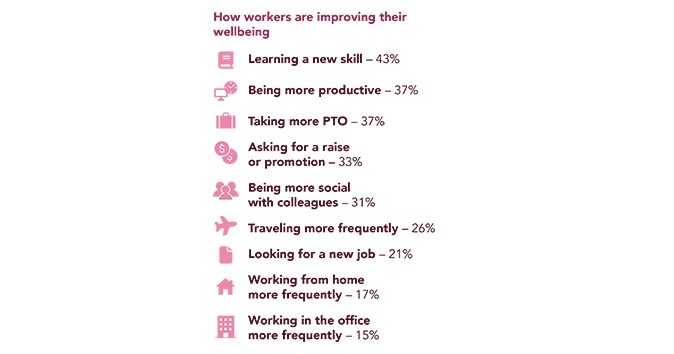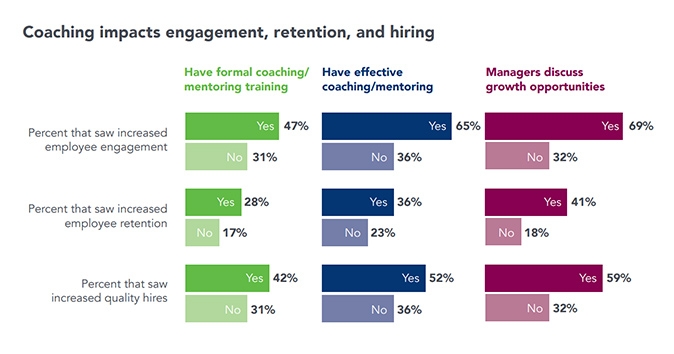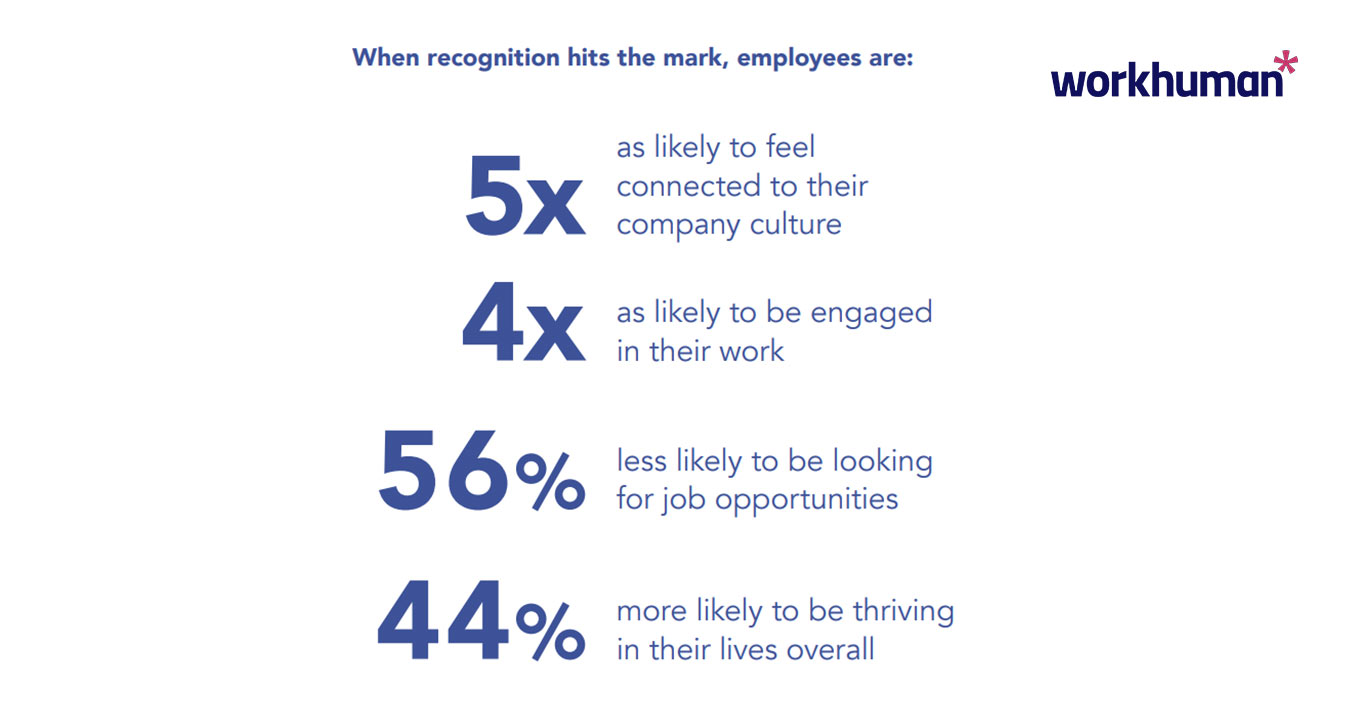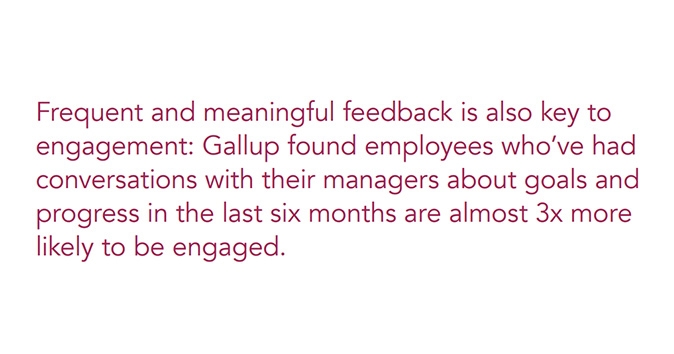9 Employee Development Ideas: Strategies for Success

Offering varied and accessible development opportunities benefits your business as much as your workers. Employers that invest in employee development best practices understand the importance of continuing professional development, which helps close growing skill gaps, raise employee engagement, and retain their best workers.
Keep reading to learn how to establish a strong and diverse portfolio of employee development ideas.
What is employee development?
Employee development refers to the ways a worker can expand, develop, and sustain their skill set. This looks different depending on the industry and job function, but all employees should have access to development opportunities.
Continuous learning starts a positive cycle for an employee. Growth and overcoming challenges help keep workers connected, engaged, and productive. It spurs creativity and innovation and creates a positive company culture.
Investing in your employees helps to build trust that encourages workers to invest back into the business and be inclined to boost the employee brand. A recent SHRM survey found that 76% of respondents are more likely to stay with a company that offers continuous training.
Another hidden benefit of employee development: workers see learning new skills for success as a way to boost their wellbeing. Workhuman's report, "Human Workplace Index: Transforming Culture in the Season of Giving", found that learning a new skill was the top action (42.9%) employees planned to take to boost their wellbeing.

And culturally the world of work is continuing to rapidly change. These shifts are leaving holes in talent across all industries. A McKinsey survey, "Beyond hiring: How companies are reskilling to address talent gaps", found that nine in ten executives and managers say their organizations either face skill gaps already or expect gaps to develop within the next five years.
Employers that don’t help to develop their employees will lose out on employees and businesses.
It’s imperative for employers to support their workers by planning accessible and equitable development program offerings to help workers achieve professional growth, close skill gaps, and retain employees.
See also: Top Areas of Growth for Employees: Key Skills and Development Strategies
9 employee development ideas that work
Let’s look at successful employee development ideas your organization can implement.
1. Personalized training
Creating an individual development plan refers to designing a program tailored specifically to each individual. While some general training, like basic company safety or security protocols, is essential for each employee, most training will only make the intended impact when it’s tailored to an employee’s role or growth path.
Taking a custom approach to professional development for each worker helps to create more opportunities for genuine and engaging development. SHRM's report, "2022 Workplace Learning & Development Trends", found that this is what employees want – 38% of respondents are looking for training that is relevant to their actual jobs.
For example, consider an engineer early in their career. Their development would be focused on getting up to speed on technologies and understanding the nuances of professional work.
The early career engineer’s training program would not be effective for a manager in a manufacturing plant whose training would focus on educating others on operations and safety prevention and leadership courses.
To personalize training in your organization, we suggest:
- Create job and role-specific training programs
- Allow employees to opt-in to leadership development
- Let employees choose training that does not pertain to their role so they have autonomy over their growth
- Collect employee feedback on how accessible and equitable the training is so you can make adjustments as necessary
2. Technical skills training
Technical skills training refers to education and development that is focused on the technical aspects, or hard skills, of an employee’s role. This could include mandatory training courses on technical platforms, tools, or software or advanced knowledge of medicine, laws, or languages.
This might look like a graphic designer learning a new editing tool or a salesperson completing in-depth training on cutting-edge, complex products.
Technical skills training can be more costly and time-consuming, but they are necessary for getting the job done and setting up employees for career advancement.
Here are some ideas for incorporating technical skills training:
- Job-specific technical training
- Cybersecurity training
- Workshops and courses on platforms, tools, or software
- Advanced education and certifications
3. Mentorship programs
Mentorship programs encourage connection among colleagues of various levels and foster professional growth. You’ve likely heard this before, but it’s worth repeating: mentorship is a two-way street. Among other benefits, mentors flex their leadership skills, and mentees develop accountability as they learn to take charge of their professional development.

In practice, incorporating mentorship into your development programs might look like:
- Creating opportunities for one-on-one mentorship
- Organizing a group mentoring program for a range of levels and roles
- Collecting feedback – and acting on it – to improve accessibility and success of offerings
- Collaborating with employee resource groups (ERGs) or other professional organizations to connect like-minded employees who have faced similar challenges or setbacks
4. Peer-to-peer skill sharing
There’s a wealth of skills and knowledge inside your organization. Tapping into internal talent is a budget and time-conscious approach to professional development. Data shows that it pays off – Gartner has found that employees participating in peer-to-peer learning programs are 56% more likely to be engaged at work.
Here are some ways to incorporate peer-to-peer skill sharing in practice:
- Establish regular lunch learning sessions where other teams can learn more about what, where, when, and how work gets done.
- Encourage collaboration between different departments to promote knowledge sharing by setting up instant messaging groups or Slack channels to share news on processes, employee training opportunities, and more.
- Hold department or team “office hours” where other teams and individuals can ask questions and learn more about their goals and work.
- Create a program that connects employees looking to share or learn skills. For example, the program could assign a learning buddy to a worker looking to learn a specific skill.
5. Recognition and rewards
A strong employee development program does more than just educate. Growth depends on and will continue to multiply when it’s acknowledged and recognized by peers and leaders. Employee reward programs get this positive chain reaction started.

Consider using an employee recognition platform like Social Recognition® from Workhuman® to encourage peer-to-peer appreciation and shout-outs.
Data shows that these moments of gratitude spark a positive chain reaction and boost the connection that employees feel to both their colleagues and their organization.
The Evolution of Work: The Value of an Employee-First Culture. Check out the full report to uncover invaluable insights into what employees need and how to get there. Or continue reading for some of the top takeaways from the survey.
Let’s talk about creative ways employers can acknowledge and reward development accomplishments:
- Recognition programs where employees earn points for redemption
- Gift cards or other monetary benefits
- Additional time off
- Tuition reimbursement
- Charitable donation in an employee’s name
6. Soft skills training
Technical skills development can only go so far without soft skills training. This development option helps employees build and capitalize on their innate human qualities like empathy, leadership, and creativity. Soft skills influence the way employees work with one another and how they view themselves.
Soft skills training is in demand by employees. A SHRM report found that 84% of respondents feel that it’s important to receive training on soft skills, with over half of respondents (54%) ranking leadership development as the most desired topic.
Here are some examples of effective soft skills training ideas:
- Time management and prioritization workshop
- Stress management workshops
- Leadership skills training
- Communication and collaboration courses
- Critical thinking and problem-solving courses
7. Gamify employee training program
What if you could make learning fun for your employees? Gamifying employee development is your solution. Adding game-like components to development is shown to increase motivation and knowledge retention.
Employees are excited by this type of training and are seeking out companies that offer it. Simulation was the top desired learning format (with 64% of respondents interested) in a recent survey.
Let’s talk about ideas for employers looking to gamify training programs:
- Award employees with virtual badges, awards, or points for participation or completion of programs or employee development evaluations
- Create an interactive onboarding activity with levels and challenges
- Scavenger hunts or other collaborative team challenges where participants earn points for their team as they participate
8. Microlearning
Microlearning – short, digestible educational content – is a growing trend in employee development. Because microlearning is self-led and consumed in bite-sized pieces, employees can fit learning into their schedule and pace.
This flexibility is likely to increase employee engagement and retention of knowledge. Research has shown that businesses offering microlearning saw a 20% increase in employee productivity and a 23% increase in employee satisfaction.
Here are ways that employers can support and enable microlearning:
- Offer daily interactive microlearning challenges (like quizzes) that employees can access on phones or tablets
- Curate short podcasts and videos by topic so employees can pick and choose when and what they are learning
- Create virtual spaces where employees can chat about the microlearning programs they’re participating in. This knowledge-sharing forum will help employees learn from each other.
- Encourage managers to promote microlearning and recognize progress when giving employee feedback
9. Continuous feedback
Creating a culture of continuous and effective feedback bolsters the employee development work happening inside your organization. Regular and honest feedback is a helpful barometer for growth and learning.
When feedback is coming from across the org chart, and not just top-down, employees have the opportunity to be open with their leaders about where they could use more career development support.

Additionally, feedback inspires reflection in employees and can help guide workers when they are thinking about what they want or need out of their employee development plan.
To incorporate continuous feedback into your company culture:
- Ensure regular check-ins are happening between manager and employee. Beyond contributing to employee growth, regular check-ins are proven to boost psychological safety, and 1.2 times more likely to feel like their workload is manageable.
- Utilize a feedback platform like Workhuman’s Conversations® to allow employees to receive valuable feedback from their peers
- Conduct a 360-degree feedback survey for each employee
Conclusion
Employee development is critical to employee experience and the success of your business. Encourage your talent development team to consider what specific skills and programs your employees are seeking and begin to take action. Incorporating these employee development ideas over time will transform your organization.
About the author
Ryan Stoltz
Ryan is a search marketing manager and content strategist at Workhuman where he writes on the next evolution of the workplace. Outside of the workplace, he's a diehard 49ers fan, comedy junkie, and has trouble avoiding sweets on a nightly basis.